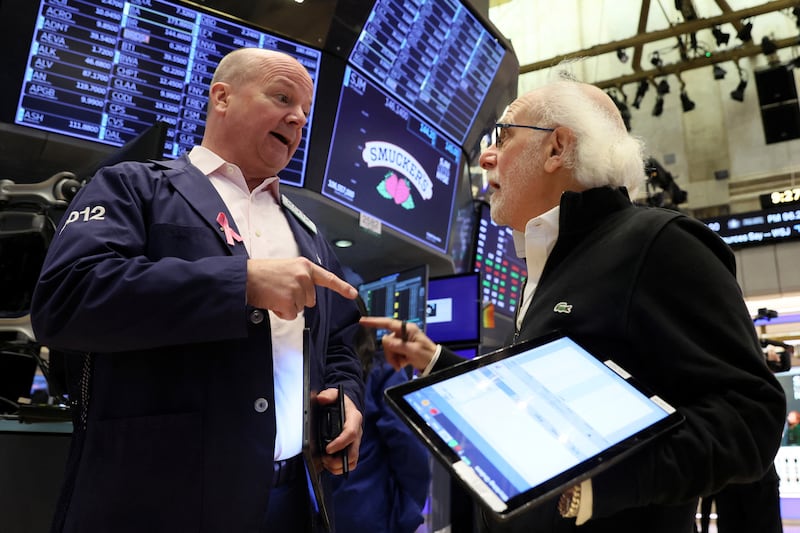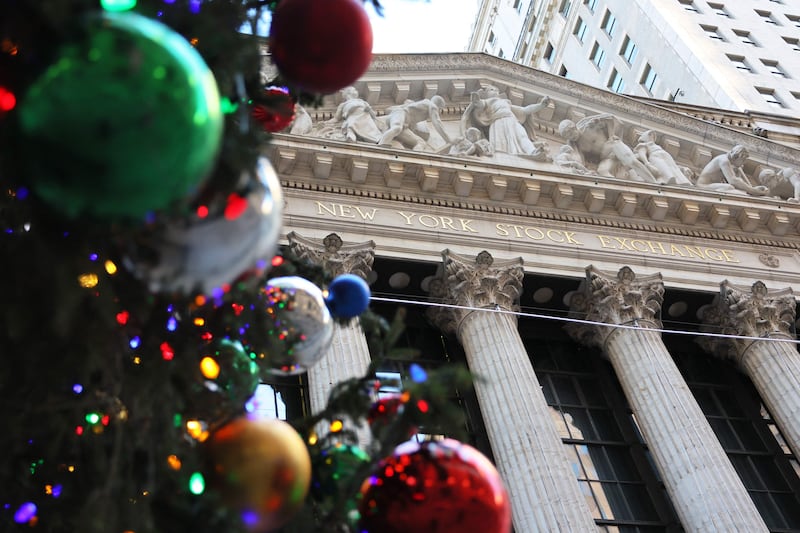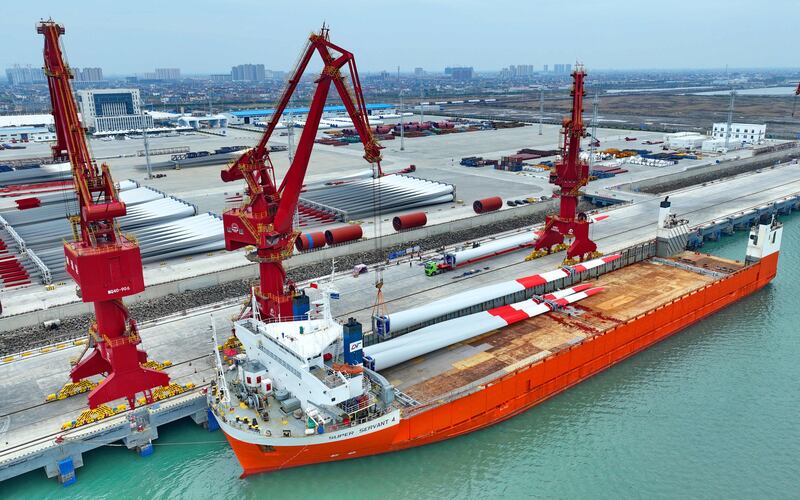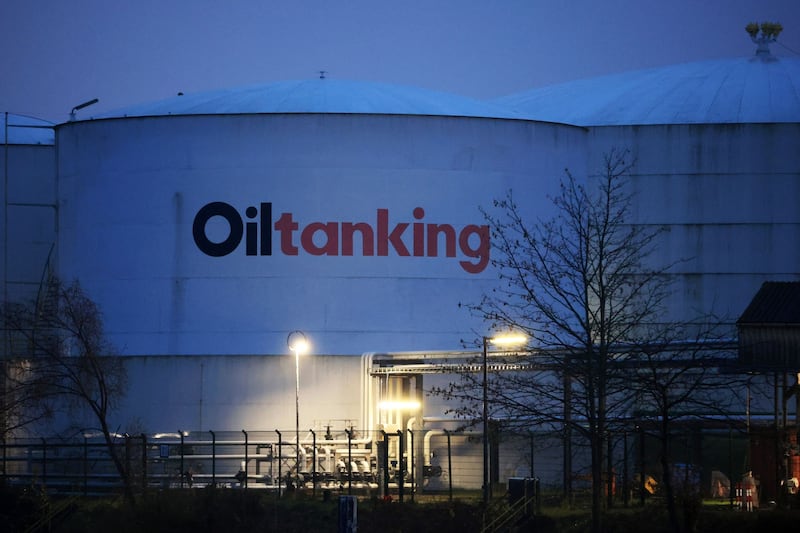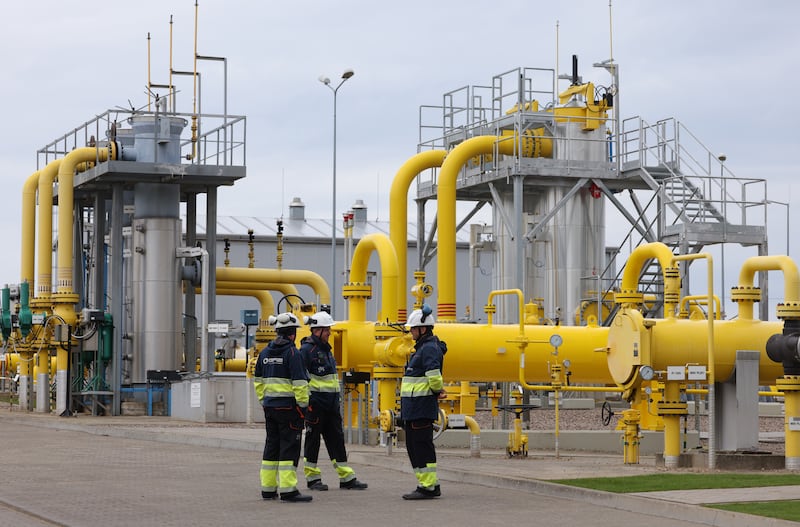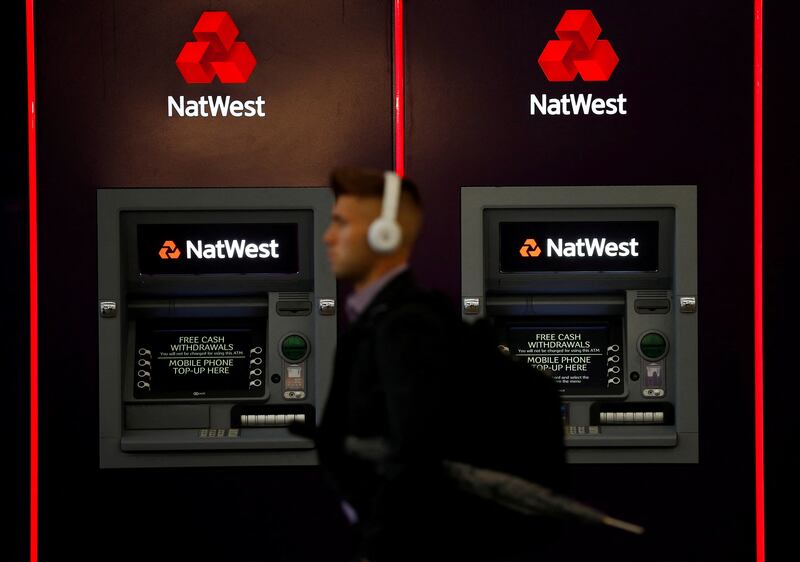Can you see them? While a barrage of horrid headlines blinds most investors, a stealthy stream of economic positives builds.
This growing gap between sunken sentiment and improving realities precedes a positive surprise — fuel for stocks’ long-awaited recovery.
Let me show you the better-than-believed realities hiding in plain sight.
Perhaps this sounds like I’m using rose-tinted glasses. That is understandable given the hard 2022 we have had.
But that reaction is standard around bear market lows, when what I call the “pessimism of disbelief” makes investors hyper-focused on bad news, dismissing positives. That is everywhere today.
Globally, sentiment surveys are dour. Only 28.9 per cent of respondents were bullish in the latest weekly survey by the American Association of Individual Investors.
Before rising slightly in November, Sentix’s eurozone economic expectations index hit a 14-year low, with Germany’s reading the lowest since January 2009.
GfK’s UK confidence gauge registered its two lowest-ever readings in October and November.
But set aside this year’s frustration to correctly envisage the landscape.
Start with global supply chains. The New York Federal Reserve’s Global Supply Chain Pressure Index ended 2019 at 0.01 — signalling no identifiable issues.
Last December, it soared to 4.3 — hugely above its norm, statistically — tied to the fallout from the Covid-19 shutdown.
Now? It is 1.0 — elevated, but far below peak disruption.
One key component, the Baltic Dry Index of shipping costs, is -76.5 per cent off October 2021’s high.
Purchasing managers’ indexes reveal supply chain snarls unwinding, cooling input price pressures.
S&P’s US manufacturing Purchasing Managers Index showed October input costs rose the slowest in nearly two years as supply chain hiccups unwound. Hence, US consumer and producer prices cooled in October.
But many slowing inflation harbingers are not yet evident in Consumer Price Index data.
Quickly adapting supply chains create another positive surprise: Europe’s better-than-feared energy reality.
After Russia's invasion of Ukraine caused western boycotts, supply chains reshuffled — fast.
India and China bought up discounted Russian oil, freeing other supplies for Europe — American, North African and Middle Eastern.
That saps sanctions’ effectiveness, but helps supply/demand dynamics.
Watch: what is a recession?
What is a recession?
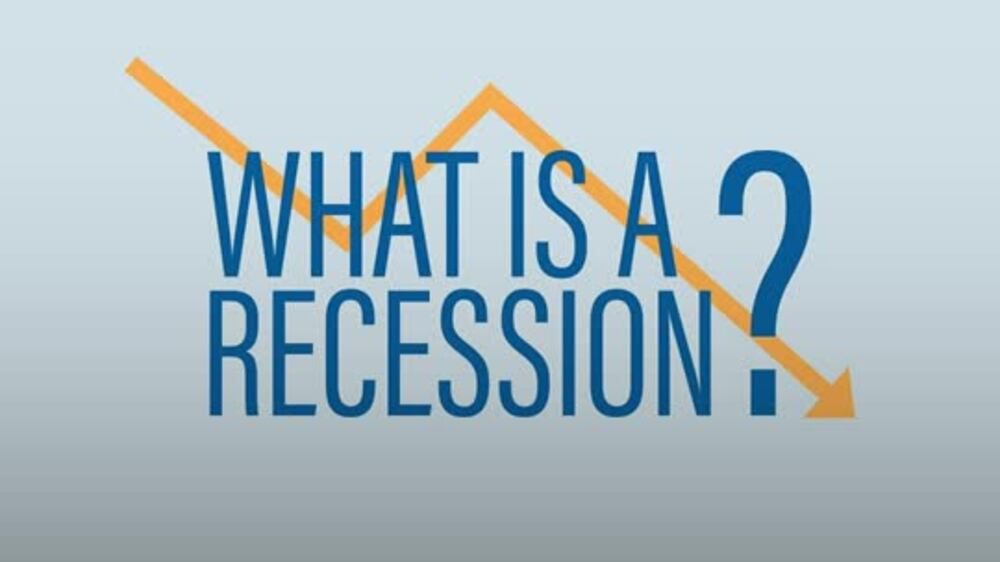
Through the third quarter, global oil supply exceeded demand. Price signals have producers pumping more — look at Adnoc accelerating planned production increases.
Hence, oil prices fell -37.2 per cent since March’s high in US dollars, bringing down petrol prices.
Regarding European natural gas fears, the International Energy Agency says the bloc’s storage is 95 per cent full — above the five-year average. Germany is at 100 per cent.
The continent’s first new natural gas pipeline in decades — a Danish and Polish endeavour — began carrying Norwegian gas to central Europe in October.
Several new German liquefied natural gas terminals are expected to come online early in 2023.
Yet pundits dismiss these developments, shrieking yeah, but next year will be worse — classic pessimism of disbelief.
Meanwhile, third quarter US gross domestic product growth flipped positive at 2.9 per cent annualised.
Chinese growth hit 3.9 per cent year over year, up sharply from the second quarter’s 0.4 per cent.
The high oil prices many bemoan boosted Middle East growth. Even eurozone GDP topped expectations at 0.8 per cent annualised.
Yes, Japan’s GDP contracted, but that was caused by a weak yen quirk skewing import prices.
Easing travel restrictions tee up a turnaround in the fourth quarter.
Citi’s US, eurozone, UK and China economic surprise indexes are all now positive — well above negative midyear lows. Still, recession chatter dominates.
Yet recession likely isn’t nearby. Why?
Lending overall, excluding mortgages, remains robust globally — fuel for investment and incongruent with recession.
Businesses and households generally don’t sit on bank borrowings. They spend them!
Global loan growth has accelerated every month since March, reaching 9.3 per cent year-over-year in September. In America, it hit 12 per cent.
This isn’t flukiness — it is fundamental.
Abundant cash deposits keep deposit rates — banks’ funding costs — minuscule. Average US savings accounts yield a paltry 0.2 per cent.
Best-in-a-decade UK rates make headlines … but attached limits and fees keep banks’ payouts puny.
Meanwhile, long rates’ global rise boosts new loan revenue. More profitable loans incentivise more lending, staving off recession.
Other positives? Travel. Somewhat ignored now is the world economy’s continued reopening.
New data show September global air travel soared 57 per cent year over year, at 74 per cent of pre-pandemic levels.
In the week ending November 19, US hotel occupancy rates topped the same week in 2019 — despite 19.8 per cent higher prices.
These perking, overlooked positives intersect with America’s post-election political clarity — a huge global market driver.
The success of US Republicans in capturing the House of Representatives in November’s midterm elections has cemented gridlock, which stocks love. They hate big, controversial legislation increasing uncertainty. Gridlock squashes that through 2024 — bullish.
These growing buds of optimism won’t stay hidden for ever. Look past the gloom and appreciate them.
Ken Fisher is the founder, executive chairman and co-chief investment officer of Fisher Investments, a global investment adviser with $160 billion of assets under management
